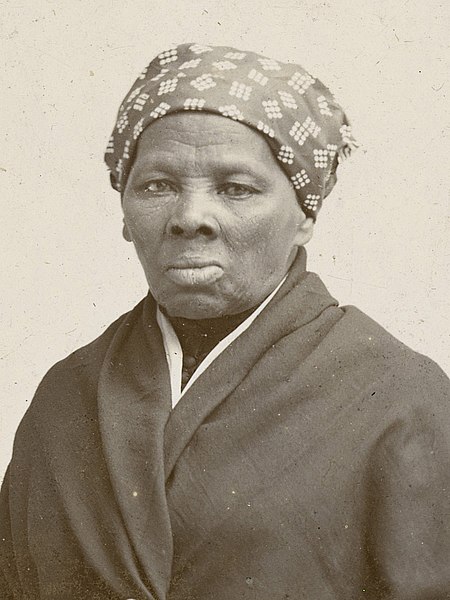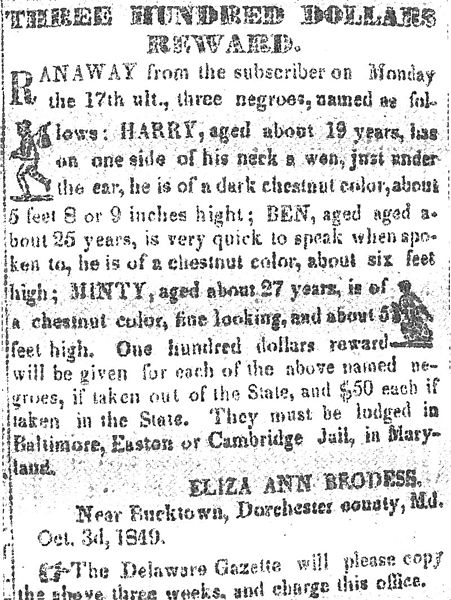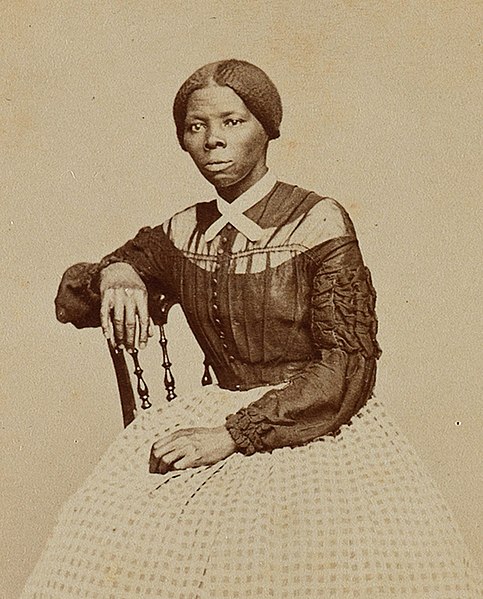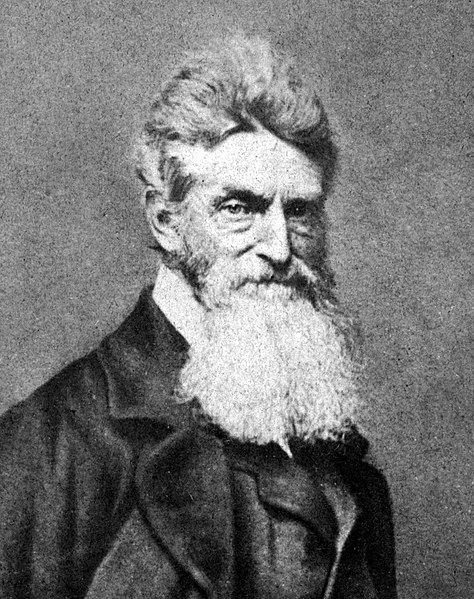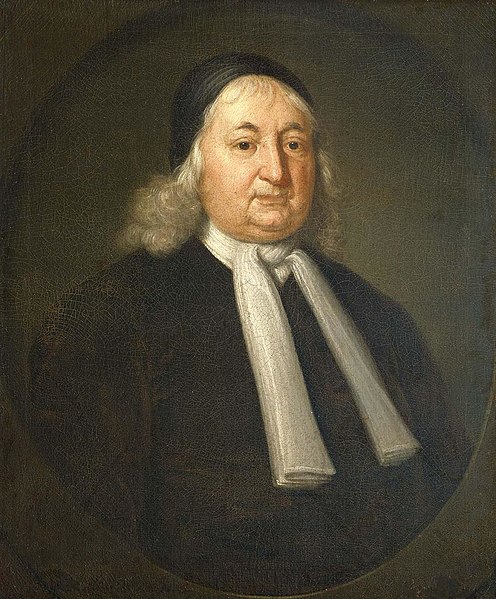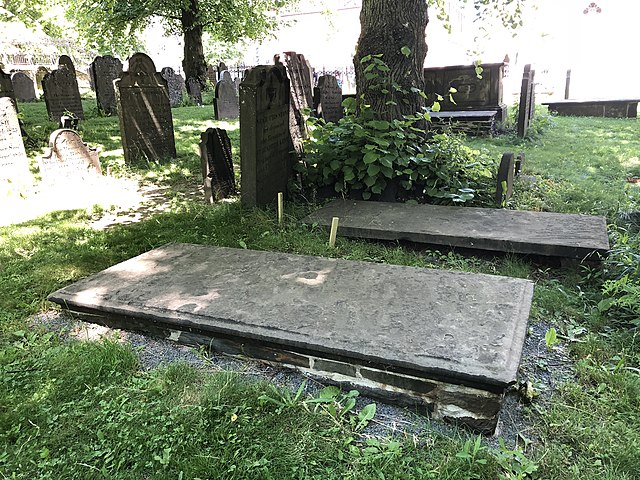Harriet Tubman was an American abolitionist and social activist. After escaping slavery, Tubman made some 13 missions to rescue approximately 70 enslaved people, including her family and friends, using the network of antislavery activists and safe houses known collectively as the Underground Railroad. During the American Civil War, she served as an armed scout and spy for the Union Army. In her later years, Tubman was an activist in the movement for women's suffrage.
Tubman in 1895
Notice offering a reward of US$100 (equivalent to $3,660 in 2023) for the capture and return of "Minty" (Harriet Tubman) and her brothers Henry and Ben
Tubman sitting (1868 or 1869)
Tubman helped John Brown plan and recruit for the raid at Harpers Ferry.
Abolitionism in the United States
In the United States, abolitionism, the movement that sought to end slavery in the country, was active from the colonial era until the American Civil War, the end of which brought about the abolition of American slavery, except as punishment for a crime, through the Thirteenth Amendment to the United States Constitution.
Collection box for the Massachusetts Anti-Slavery Society, c. 1850
Thones Kunders's house at 5109 Germantown Avenue, where the 1688 Germantown Quaker Petition Against Slavery was written
Samuel Sewall (1652–1730), judge who wrote The Selling of Joseph (1700) which denounced the spread of slavery in the American colonies
Grave of Benjamin Kent, lawyer who freed a slave in America (1766)

